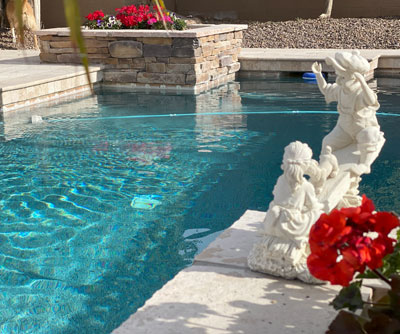Choosing the Right Tile Setting Material: Mastic, Thinset Mortar, and Epoxy
When it comes to tile installation, selecting the appropriate setting material is crucial for ensuring the longevity and durability of your tiled surfaces. Three primary setting materials are commonly used: mastic, thinset mortar, and epoxy. Each material has its own specific applications and limitations.
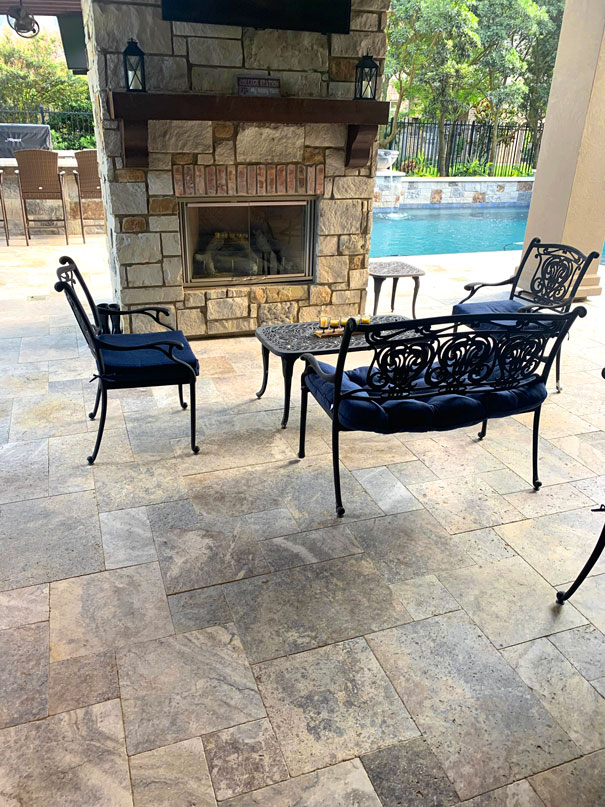
Setting Materials
Choosing the Right Tile Setting Material: Mastic, Thinset Mortar, and Epoxy.
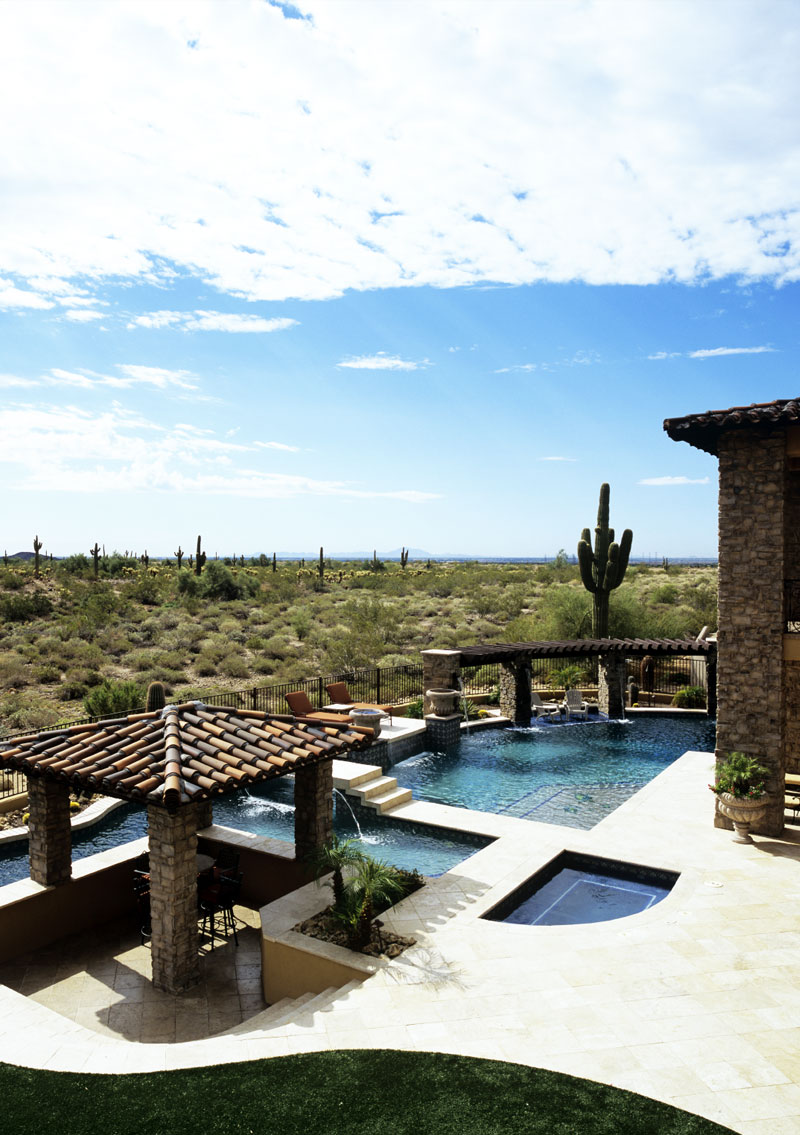
Mastic as an option
Mastic: A Suitable Choice for Limited Applications
Mastic is a latex- or solvent-based adhesive that cures by evaporation. It is sold in airtight containers and requires no mixing, making it ready for immediate use. However, mastic is only suitable for non-wet applications, such as backsplashes, wainscots, or fireplaces, due to its water sensitivity. When exposed to moisture, mastic may lose adhesion, causing tiles to detach from the wall.
Mastic is generally considered less durable than thinset mortar and should only be used for tiles smaller than 6 inches square. Its stickiness is often seen as an advantage, but this stickiness can hinder proper curing, especially for larger tiles.
STANDARD CHOICE
Thinset Mortar: The Standard Choice for Most Applications
As a general rule, thinset mortar is the recommended setting material for most tile installation projects. It is versatile, durable, and relatively easy to use. Mastic can be used in limited non-wet applications, but its water sensitivity makes it less suitable for areas exposed to moisture.
Epoxy is reserved for specialized applications where its exceptional strength and durability are required.
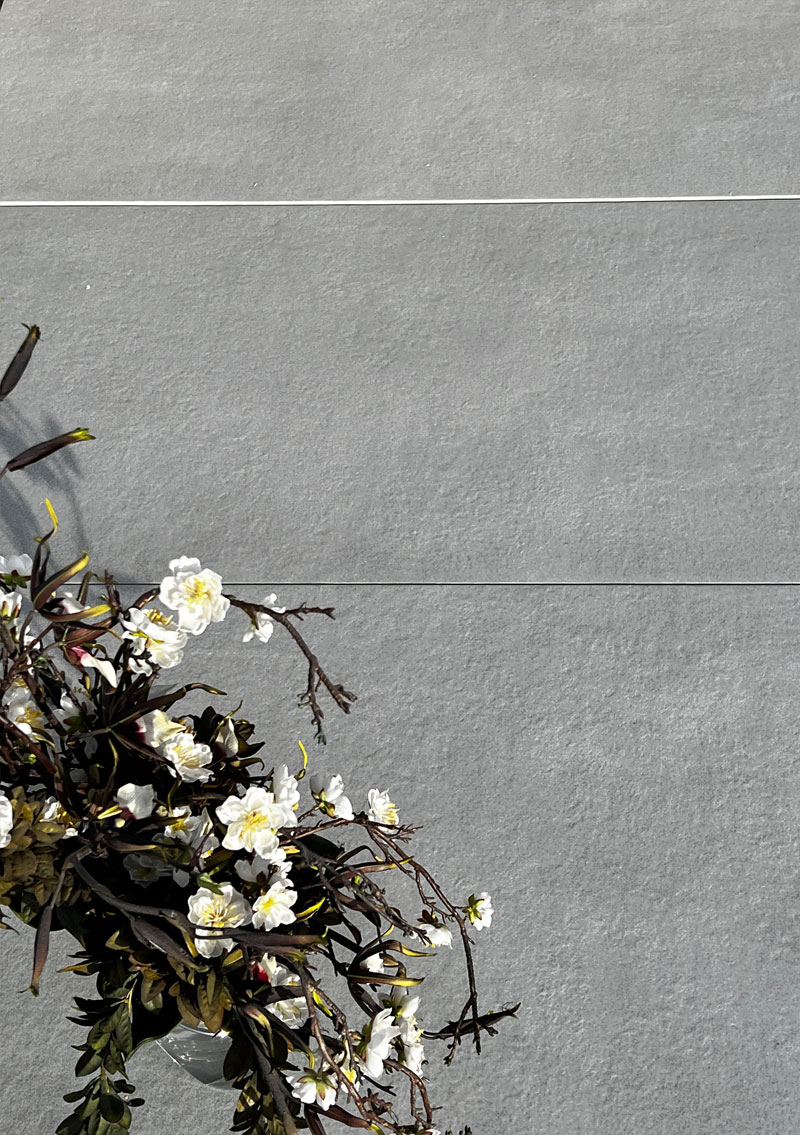

Choosing the Right Material for Your Project
Thinset mortar is the most versatile and widely used setting material, suitable for shower walls, floors of any type, and a variety of tile sizes. It is sold in bags and requires mixing with water to achieve the desired consistency. Thinset mortar cures through a chemical process, making it unaffected by moisture and providing a strong, stable bond for tiles.
Proper mixing of thinset mortar is essential for its effectiveness. Follow the manufacturer’s instructions carefully, ensuring the correct ratio of water to powder and allowing the mixture to slake before use.
sPECIALIZED cHOICE
Epoxy: A Specialized Choice for Demanding Applications
Epoxy is a chemical-based adhesive that cures through chemical interaction, resulting in a very strong and durable bond. It is typically used in specialized applications where high strength, water resistance, and resistance to extreme conditions are crucial. These applications include exterior installations, swimming pools, and certain types of stone and glass tiles.
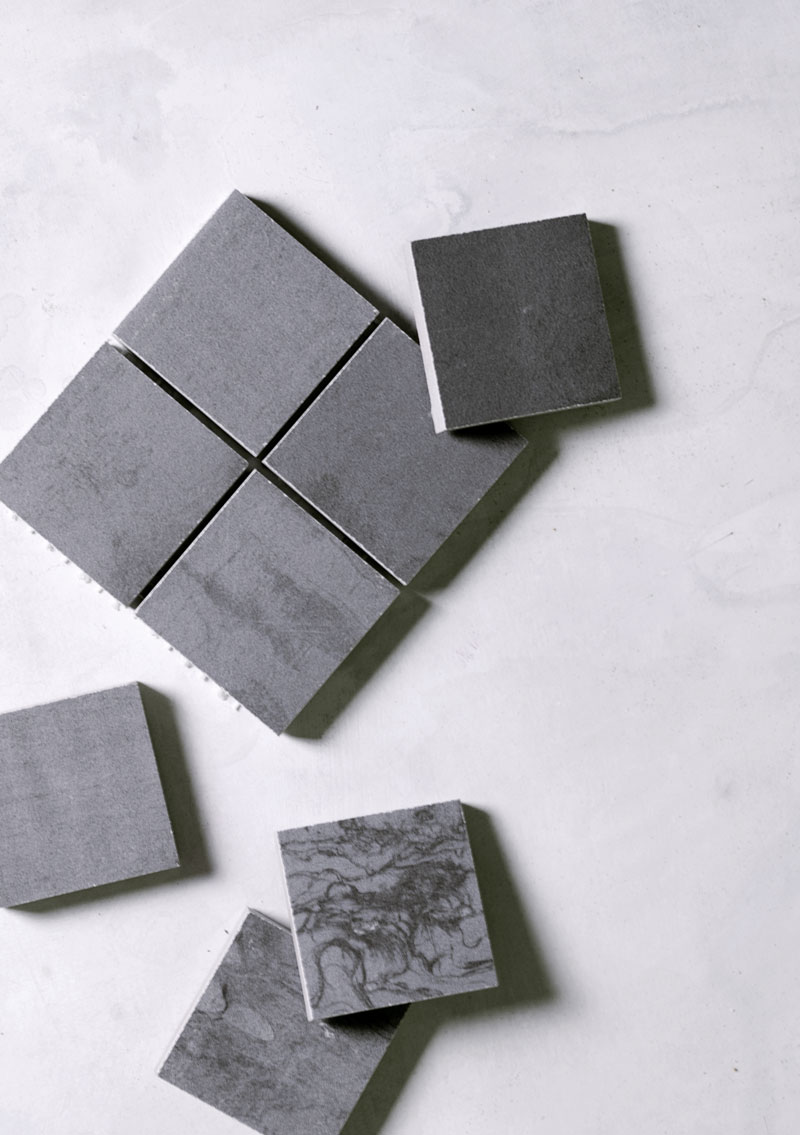

Epoxy is generally more expensive and more difficult to work with compared to mastic and thinset mortar. Its strong bonding properties make it challenging to remove once cured, so careful application is essential.
Location of the tiles:
Mastic is suitable for non-wet areas like backsplashes, while thinset mortar is recommended for shower walls and floors. Epoxy is reserved for specialized applications.
Type and size of tiles:
Epoxy is often used for stone and glass tiles due to its strong adhesion. Mastic is generally limited to smaller tiles.
Personal preference and experience level:
Thinset mortar is the most versatile option, while epoxy requires more expertise due to its strong bonding properties.
If you have any doubts about the appropriate setting material for your project, consult with a professional tile installer or refer to the manufacturer’s recommendations for specific tile and application requirements.

